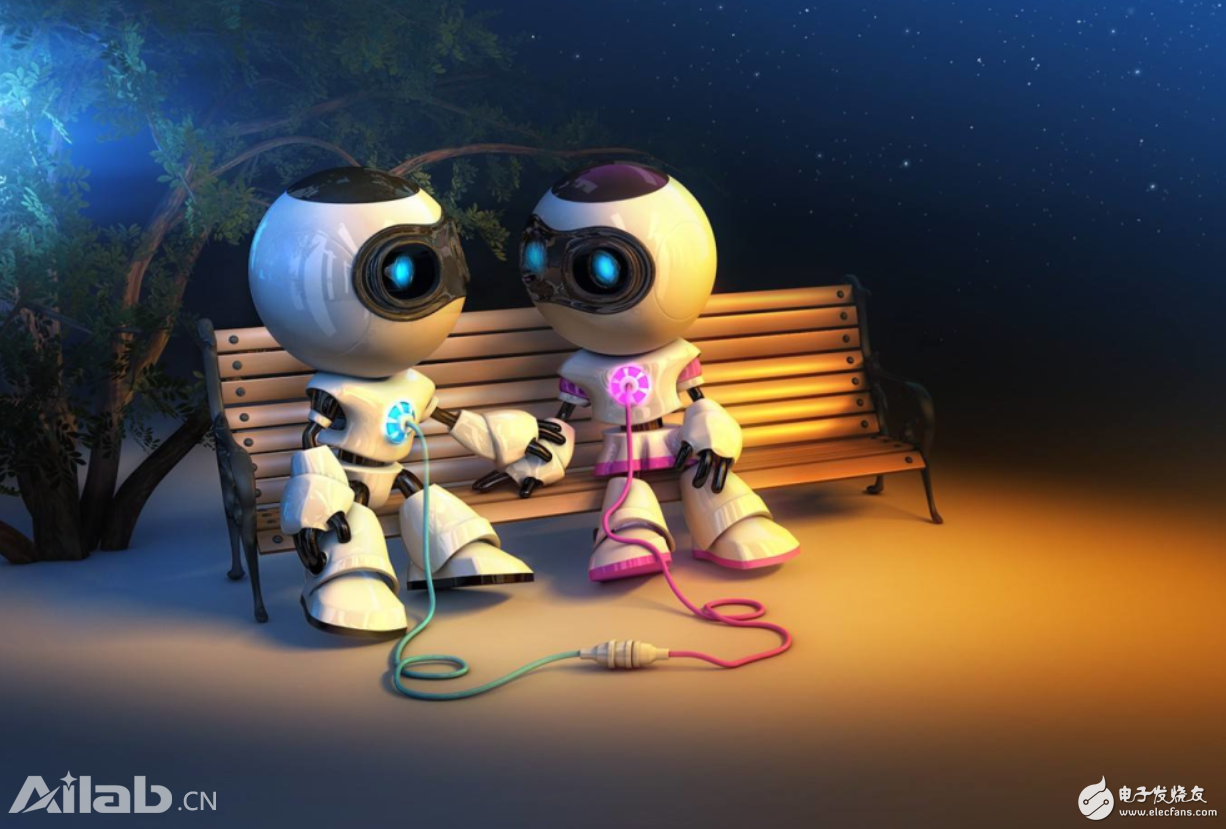Today, many of the world’s top companies are engaged in a unique race: bringing artificial intelligence (AI) to life. Machine learning systems have become central to numerous businesses, so it's no surprise that news about AI or neural network advancements frequently appears in our headlines. These stories often carry sensational titles like “Artificial Intelligence Beats Human Players,†“Artificial Intelligence Mimics Human Language,†or even “Artificial Intelligence Uses Machine Learning to Detect Cancer.â€

But how close are we to creating machines with human-like intelligence? Can we one day talk to them, work alongside them, and even have a conscious machine? While these developments are real, experts caution that we may be overestimating current AI capabilities.
Jan Lechon, a researcher at Facebook’s AI team and a professor at New York University, believes that the hype around AI is growing too fast. In an interview with The Verge, he said, “We still have a long way to go before we can create machines that learn the most basic things in the way humans and animals do. While AI excels in certain areas, overall, our machines are not even as smart as a mouse.â€
This kind of intelligence—artificial general intelligence (AGI)—is what many dream of: a system that can perform any task a human can. However, today’s AI is limited to specific functions, such as image recognition, speech processing, or pattern detection from large data sets. These are known as narrow AI or application AI, which lack the broad understanding of human cognition.
Manuel Sebrien, a researcher at MIT and creator of an AI that writes horror stories, agrees. He told Futurism Technology, “AI is just a tool. In my experience, it's still far from producing professional-level horror novels.†This highlights the gap between current AI and true human-like intelligence.
Lechon also emphasized that while recent AI breakthroughs are impressive, they are not the same as developing true AGI. He pointed out that projects like DeepMind’s AlphaGo are significant but not indicative of general intelligence. “That’s not universal intelligence,†he clarified.
Pierre Barro, CEO of Aiva Technologies, also believes the excitement around AI is exaggerated. He wrote, “Artificial general intelligence has been hyped for years. I’m optimistic about tech progress, but people often underestimate the complexity of the human brain—and the challenge of replicating it.â€
Many confuse terms like machine learning or deep learning with true AI. But these are just tools used to build intelligent systems. Machine learning involves algorithms that learn from data, while deep learning is a subset of this. Neural networks mimic the human brain’s structure, but they’re still far from achieving real consciousness.
So, when will we see true AI? According to Tang Liang, a leader in AI startups, it could begin with breakthroughs in unsupervised learning. Once achieved, “machine intelligence could soon surpass human intelligence.†But the path is full of challenges.
Barro explained that major advances are needed in software, neuroscience, and hardware. “We’re hitting the limits of Moore’s Law, and new technologies like quantum computing haven’t yet proven superior in all tasks.â€
Some believe passing the Turing Test is a key milestone. While Barro thinks we’ll see an AI that fools humans within our lifetime, he adds that this doesn’t mean true AGI. It’s more about mimicking intelligence than achieving it.
The concept of the “singularityâ€â€”a point where AI surpasses human intelligence—has sparked both excitement and concern. While some, like Elon Musk and Ray Kurzweil, look forward to it, others, including Stephen Hawking and Bill Gates, warn of potential risks.
But what if we think differently? Instead of fearing AI, maybe we should see it as a partner. Projects like Musk’s “neural ink†and Google’s AI research aim to enhance human capabilities, not replace them. As Barro said, “The goal is to enhance intelligence—not just create machines.â€
With robots like Sophia and Pepper already interacting with humans, the idea of living alongside intelligent machines isn’t far-fetched. Whether it takes 30 or 50 years, the future of AI is something many of us might witness. As Tang Liang put it, “It’s likely to happen soon. And many of us could be there to see it.â€
Custom Piezoelectric Components
The piezoelectric ceramic sound-generating element, especially a lead-free piezoelectric ceramic sound-generating element, is mainly composed of metal flakes and piezoelectric ceramic flakes. The sound pressure generated by this new structure piezoelectric sounder is proportional to the number of piezoelectric ceramic sheets. By increasing the number of piezoelectric ceramic sheets, the required large sound pressure is easily achieved.
Custom Piezoelectric Components,PZT Elements Soldered Wires,Element of Piezoelectric,Piezoelectric Elements Crystal
Zibo Yuhai Electronic Ceramic Co., Ltd. , https://www.yhpiezo.com